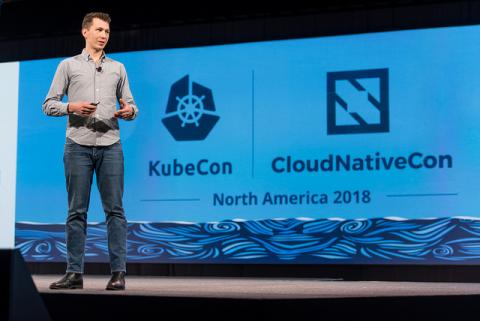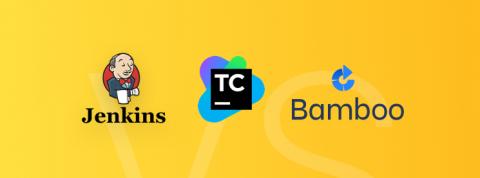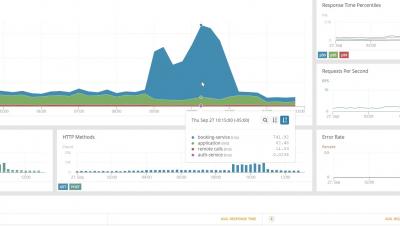Monitor all your CI pipelines with Datadog
With continuous integration becoming standard practice, getting full visibility into your CI pipelines has become a key part of monitoring and troubleshooting. Datadog gives you that visibility with out-of-the-box support for several continuous integration tools, including: GitLab, Jenkins, Travis CI, CircleCI and TeamCity. Monitoring your CI servers can help you identify bottlenecks in your pipelines.










